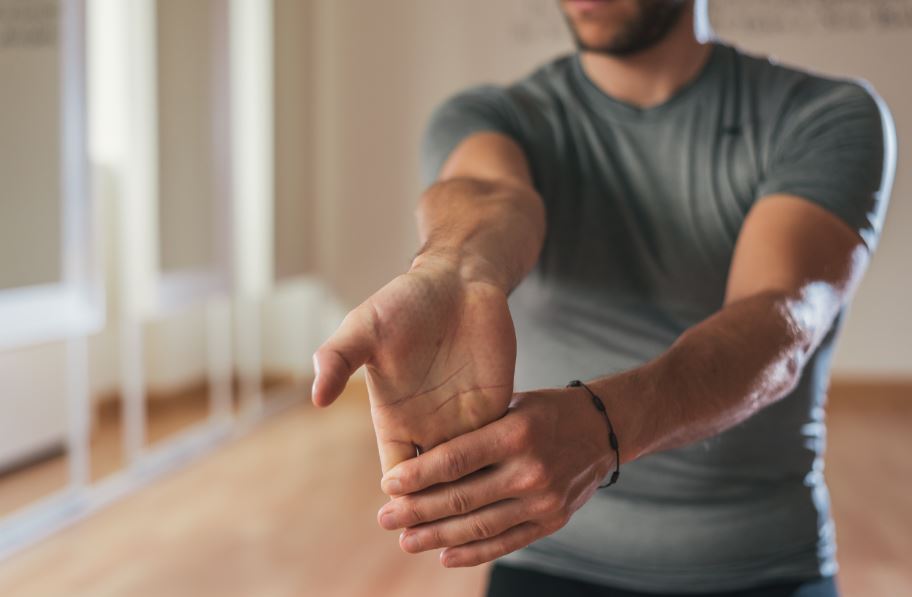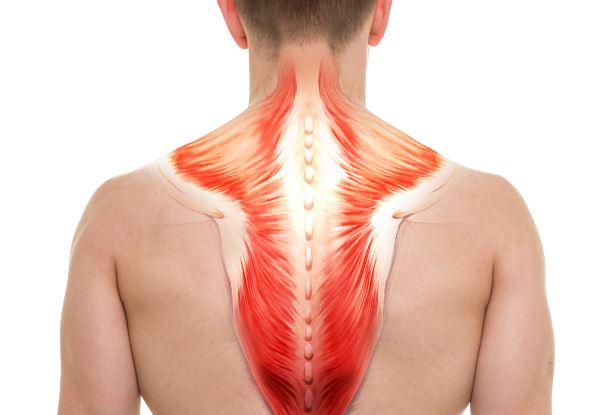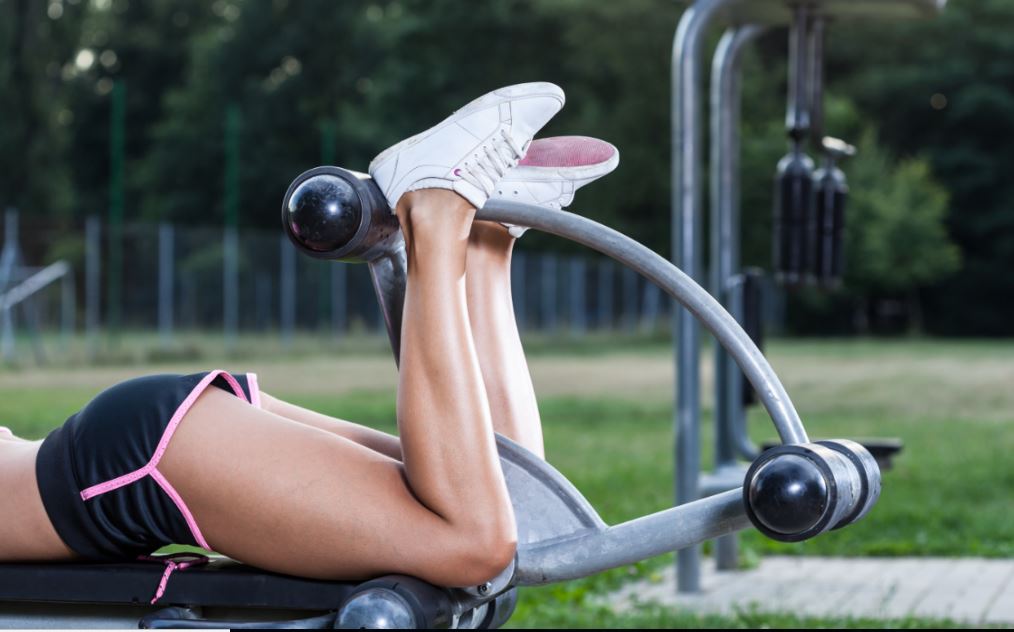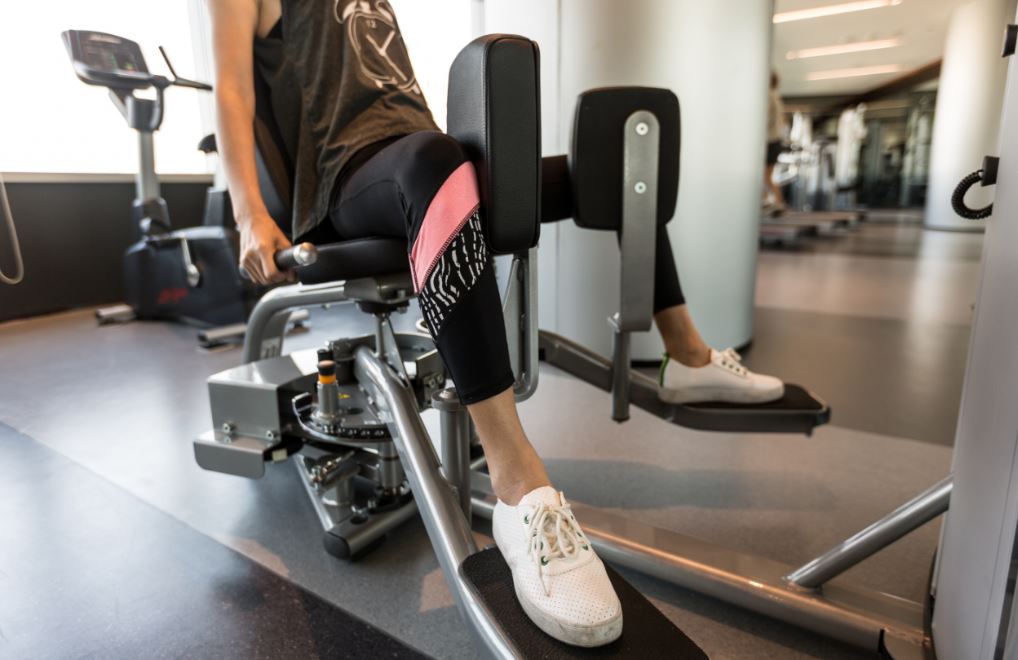Five Forgotten Muscle Groups to Include in Your Exercise Routines

Every muscle in your body, even those in frequently forgotten muscle groups, contributes to your balance and movement. Workout your entire body to maintain strength and natural harmony.
Most people include crunches or squats in their exercise routines, to tone their abs and backsides. But many people do not include certain forgotten muscle groups. They get strong ab muscles, but weak forearm muscles.
The main reason why it is necessary to train all of your muscles, including the forgotten muscle groups, is not aesthetics. A common joke is that bodybuilders have strong upper bodies but skinny legs. This can be a trigger for injuries to the hips or knees, especially when playing sports. Strengthening all your muscles is important for overall functionality and coordination.
Five of the most forgotten muscle groups
1) Forearms
While forearms get some time in arm workouts, they are not usually targets. There are a few specific exercises you can do to target these muscles, which are located between your wrist and elbow.

What are the advantages of having strong forearms? Your forearms can endure heavy loads and support your body weight in push-ups, which why it is important for them to be strong. In addition, your forearms play an important role in movement-based exercise programs like Crossfit.
2) Trapezius muscles
Your trapezius muscles are large muscles that are located in your lower neck and upper back. Trapezius muscles are by no means ‘small,’ but lots of people still forget about them. Like the forearms, your trapezius muscles are usually exercised by back or shoulder work, but they rarely are targeted.

Traps are very useful for your body’s function, because they guide your arms and support the weight of your head.
Advantages of strengthening this area include a greater ability to lift weight above your head, improved posture and broader-looking shoulders.
3) Hamstring
The lower half of the body is often left out in many bodybuilding routines. Besides being detrimental in terms of aesthetics, (it does look silly when someone has a super strong upper body and a weak lower body) it is also not great for your health.
Within leg training, one of the most forgotten muscle groups are the hamstrings. Your hamstrings are located between your pelvis and tibia. Their function is to enable your legs to extend and flex. As hamstrings are not the most visible part of the leg, they are usually skipped in favor of areas that are more on show.

While squats are a good way to strengthen your hamstrings, squatting is not enough. You also should not expect regular stretching sessions alone, to strengthen them. There are specific exercises, such as using elastic bands, to target and strengthen this part of the legs.
4) Adductors
Your adductors are a group of muscles that are even more ‘hidden’ than your hamstrings and are commonly neglected. The adductors are located on the inside of your thighs. Although they are not obvious to the naked eye, working them is important to maintaining balance between the other muscles. When you have strong adductors, you will be able to increase weight loads for a consistently better leg workout.

For this, there some are very effective exercises to target your adductors. The ‘dancer’ exercise is a squat in which you press your heels together and keep your toes facing outwards. In this position, hold a dumbbell with both hands in the center of your body, and slowly squat down with your back, held as straight as possible. You can also strengthen your adductors by using machines or elastic bands.
5) Rotator cuffs
Located in your shoulders, your rotator cuffs work to stabilize your shoulder joints. These muscles run from the scapula and connect to the head of the humerus, to form a ‘cuff’ at the shoulder joint.
It is common to target the rotator cuff with rotation exercises that increase shoulder stability. Many injuries in sports such as volleyball, basketball and tennis occur due to weaknesses in this muscle group.
As we have pointed out in this article, bodybuilding tends to prioritize muscles that are visible and neglects the less obvious muscles. You should try to inform yourself and dedicate time to this ‘invisible’ training, to reach a high overall conditioning level. For many people, it is useful to hire a fitness professional to help them progress.
Every muscle in your body, even those in frequently forgotten muscle groups, contributes to your balance and movement. Workout your entire body to maintain strength and natural harmony.
Most people include crunches or squats in their exercise routines, to tone their abs and backsides. But many people do not include certain forgotten muscle groups. They get strong ab muscles, but weak forearm muscles.
The main reason why it is necessary to train all of your muscles, including the forgotten muscle groups, is not aesthetics. A common joke is that bodybuilders have strong upper bodies but skinny legs. This can be a trigger for injuries to the hips or knees, especially when playing sports. Strengthening all your muscles is important for overall functionality and coordination.
Five of the most forgotten muscle groups
1) Forearms
While forearms get some time in arm workouts, they are not usually targets. There are a few specific exercises you can do to target these muscles, which are located between your wrist and elbow.

What are the advantages of having strong forearms? Your forearms can endure heavy loads and support your body weight in push-ups, which why it is important for them to be strong. In addition, your forearms play an important role in movement-based exercise programs like Crossfit.
2) Trapezius muscles
Your trapezius muscles are large muscles that are located in your lower neck and upper back. Trapezius muscles are by no means ‘small,’ but lots of people still forget about them. Like the forearms, your trapezius muscles are usually exercised by back or shoulder work, but they rarely are targeted.

Traps are very useful for your body’s function, because they guide your arms and support the weight of your head.
Advantages of strengthening this area include a greater ability to lift weight above your head, improved posture and broader-looking shoulders.
3) Hamstring
The lower half of the body is often left out in many bodybuilding routines. Besides being detrimental in terms of aesthetics, (it does look silly when someone has a super strong upper body and a weak lower body) it is also not great for your health.
Within leg training, one of the most forgotten muscle groups are the hamstrings. Your hamstrings are located between your pelvis and tibia. Their function is to enable your legs to extend and flex. As hamstrings are not the most visible part of the leg, they are usually skipped in favor of areas that are more on show.

While squats are a good way to strengthen your hamstrings, squatting is not enough. You also should not expect regular stretching sessions alone, to strengthen them. There are specific exercises, such as using elastic bands, to target and strengthen this part of the legs.
4) Adductors
Your adductors are a group of muscles that are even more ‘hidden’ than your hamstrings and are commonly neglected. The adductors are located on the inside of your thighs. Although they are not obvious to the naked eye, working them is important to maintaining balance between the other muscles. When you have strong adductors, you will be able to increase weight loads for a consistently better leg workout.

For this, there some are very effective exercises to target your adductors. The ‘dancer’ exercise is a squat in which you press your heels together and keep your toes facing outwards. In this position, hold a dumbbell with both hands in the center of your body, and slowly squat down with your back, held as straight as possible. You can also strengthen your adductors by using machines or elastic bands.
5) Rotator cuffs
Located in your shoulders, your rotator cuffs work to stabilize your shoulder joints. These muscles run from the scapula and connect to the head of the humerus, to form a ‘cuff’ at the shoulder joint.
It is common to target the rotator cuff with rotation exercises that increase shoulder stability. Many injuries in sports such as volleyball, basketball and tennis occur due to weaknesses in this muscle group.
As we have pointed out in this article, bodybuilding tends to prioritize muscles that are visible and neglects the less obvious muscles. You should try to inform yourself and dedicate time to this ‘invisible’ training, to reach a high overall conditioning level. For many people, it is useful to hire a fitness professional to help them progress.
This text is provided for informational purposes only and does not replace consultation with a professional. If in doubt, consult your specialist.








